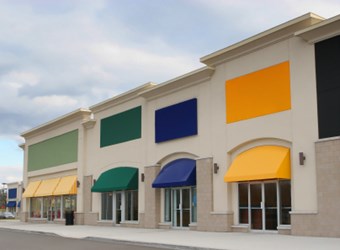Consumers Increasingly Take Advantage Of In-Store Pickup Options

By Christine Kern, contributing writer

Retailers are focusing omnichannel options by using physical stores as fulfillment centers.
In-store pick-up fulfillment options are gaining traction with both retailers and consumers, according to Retails Systems Research and SPS Commerce, who found that a pickup in-store fulfillment alternative is offered by 61% of retailers worldwide. According to the September 2015 research, 53 percent of retailers offer two-day delivery option, 40 percent offer a ship-from-store option, and 32 percent offer same-day delivery.
Popular among retailers, the buy online, pick up in-store (BOPIS) service option is relatively easy to implement, helps reduce direct shipping costs, and encourages incremental sales in brick-and-mortar locations by getting current customers to stop by and perhaps make an additional purchase.
UPS’ 2015 Pulse of the Online Shopper report found that in the United States, the physical store continues to play a critical role in the online shopping experience. Almost fifty percent (48 percent) of digital buyers used a ship-to-store option in 2015, 41 percent said they planned to use the BOPIS option more in the next year, and 45 percent of those made additional purchases while in-store.
Meanwhile, a separate survey from Blackhawk Engagement Solutions put the figure at 45 percent last year. The Blackhawk survey revealed that savings and speed are the keys to boosting BOPIS for retailers, with 86 percent of respondents saying they would consider trying the fulfillment option for $10 off a $50 purchase, and 76 percent said they would consider it to get their goods three days sooner.
Omnichannel fulfillment represents a strategic advantage in that retailers can leverage inventory across multiple locations and streamline fulfillment processes, reducing operational costs and enhancing the customer experience.
There’s now plenty of evidence to suggest BOPIS is a good investment, helping shoppers overcome traditional objections to shopping online and converting them to omnichannel shoppers, who are nearly 21 percent more profitable than single-channel shoppers.
